Media | Articles
Fighter Pilot Diaries: Iceland does car camping a bit differently
Flying with pilots from nations allied with the U.S. is always a bit of an adventure. They are highly capable and well-trained, but they do things differently than we Americans. Different doesn’t mean wrong, just different.
Perhaps one obvious difference is the facial hair their male pilots frequently sport. Mustaches are the limit of what we U.S. fighter pilots can grow while remaining within dress and grooming regulations, but even those make wearing an oxygen mask uncomfortable to me (no idea how Robin Olds did it!). I’ve seen foreign pilots’ facial hair ranging from a dainty soul patch to huge, mutton-chop sideburns that join with a goatee and everything in between. I applaud many of our partners’ training and flying skills, but it’s tough to take the mission briefer or leader seriously when he looks like an Elvis Presley impersonator.
In that vein, our family spent about two weeks in Iceland this summer and found that there are some things they do differently. With three kids out of the house, and soon to be four, we thought this was our last chance for a big family vacation—we hadn’t all been to Europe since we moved to South Korea from Germany over a decade ago. We decided that camping our way around Iceland was the trip for us.
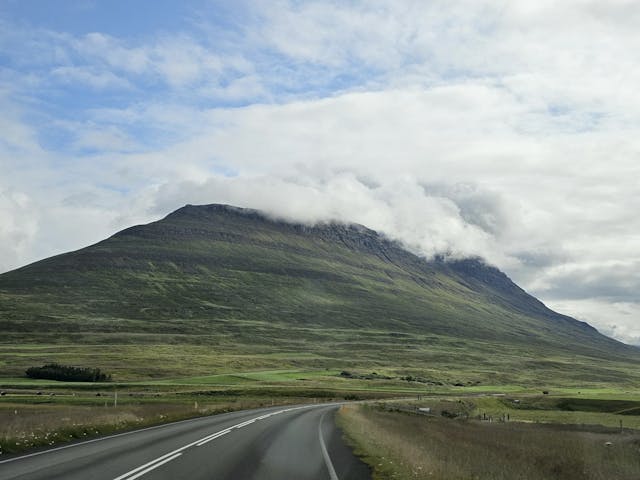
As expected, the scenery was incredible. Volcanoes, black sand beaches, and so many waterfalls. Clouds hid the sun the first third of the trip and the wind made for some cold camping, but warm clothes, sleeping bags, and Iceland’s unique campground setup (each typically has kitchen facilities, where guests can cook and eat out of the wind) helped make the trip a success.
We drove more than 2500 kilometers (1500+ miles) during our trip. Sad fact: the highest speed limit anywhere in Iceland is 90 km/hr, or about 55 mph. After we had been in the country about a week, and had driven several hundred miles at 55 mph, a gentleman walked into our campsite and declared in excellent English that he had heard us speaking English and wanted to know where we were from. He was from Keflavik, Iceland, and we had a fun chat with him. Partway through the conversation—after learning his sister lived in the U.S. so I knew he’d experienced driving faster than the dreaded double nickel—I asked him what was up with the terribly low speed limit.
Marketplace
Buy and sell classics with confidence
“Well, I’m a police officer,” he began. D’oh.
He proceeded to explain that the curvy, hilly nature of the roads warranted a lower speed limit.
And he told me not to speed.
I told him I wouldn’t—and I didn’t, largely because of all the speed cameras, which the internet rumor mill declares will ticket you even if you’re only 1 km/hr over the limit.
I think the real reason for the slower speed limit is because you spend the entire time staring out at the incredible, changing landscape and not looking at the road!
Unexpectedly, especially for a place where gas prices were in the $8.50-per-gallon range, there were so many awesome cars. I pretty much spent the entire time drooling over all the diesel Land Cruisers and the other extensively modified off-road vehicles. The time we spent in Iceland’s remote Highlands, and specifically in Landmannalaugar, was an off-road enthusiast’s dream. That’s even more the case if you just enjoy vehicles that aren’t found in the United States.
When planning the trip, we spent a lot of time learning about the road system in Iceland. The short summary is that you can drive any rental car on paved roads, but driving one on unpaved roads, known as F Roads, requires specific permission from the rental-car company; naturally, such rentals are more expensive due to the increased wear and tear when driving a vehicle off-road. Carrying full insurance is strongly recommended because of the potential for damage to windshields and body panels from kicked-up lava rock gravel, as well as the risks associated with driving off-road. In any case, F Roads or not, crossing rivers and streams in a rental car is strictly prohibited.
With seven people and 500 pounds of clothes, food, and camping gear, we needed to rent two cars. Since we initially balked at the price of renting two vehicles of Land Cruiser type and size, we only managed to lock in one rental before the prices at every rental agency simultaneously doubled. The higher prices meant that we chose a smaller SUV for the second vehicle. Once we arrived in the country, we were given a Toyota RAV4 and a diesel VW Touareg, both 100 percent stock (no lift kits, oversized tires, etc). The RAV4 carried three people and the clothes bags while the Touareg carried four people and our camping and cooking gear.
We paid for the extra insurance, but the agent stressed that it did not cover damage incurred at river crossings. They implored us not to drive in any water, especially when going into Landmannalaugar, then gave us the keys, and off we went.
Landmannalaugar is the central backcountry location. Situated in Iceland’s highlands in the Fjallabak Nature Preserve, the surprisingly well-appointed campground (flush toilets! hot showers!) is located on a soggy flood plain between a 30-foot-tall wall of the cooled Laugahraun lava field on the west, two smaller rivers to the north (with hot springs perfect for post-hike soaking), a larger river to the east, and the Rainbow Mountains all around. The scenery around the camp was incredible, but the hiking trails emanating from the camp are the real reason to visit.

There are a couple roads into Landmannalaugar, of varying degrees of difficulty. Should you choose to avoid river crossings there’s only one option, and it requires about an hour of driving on F Roads to reach the single campground in the area.
After a volcanic eruption changed our plans somewhat, we arrived at Landmannalaugar late on our second day of camping—or nearly arrived there. Rounding a bend after a long day of driving, we could see the campground in the distance. Strangely, as we continued to round the bend, we saw what seemed to be a parking lot full of cars clearly not co-located with the camp. The parking lot didn’t make sense until we were about 500 yards away: We crested one final rise, only to see two river crossings between us and our destination.
Now, despite all the warnings from the agency, I wasn’t totally opposed to crossing streams with our rental SUVs. However, what lay between us and camp was anything but a small stream. The parking lot was for vehicles whose drivers chose not to cross the rivers. We parked both cars in that lot and chose to investigate the crossings before deciding what to do next.
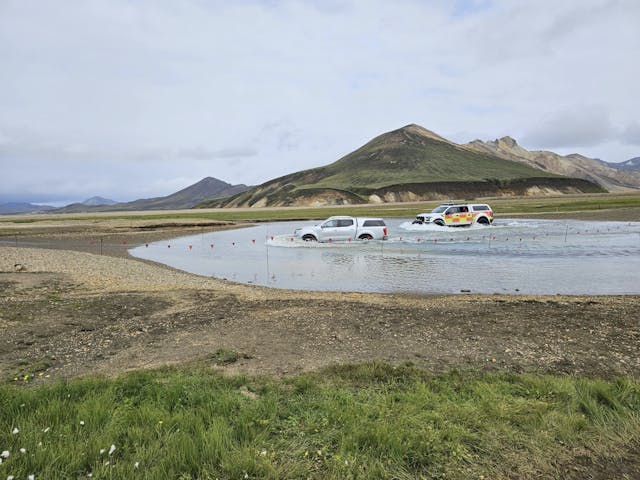
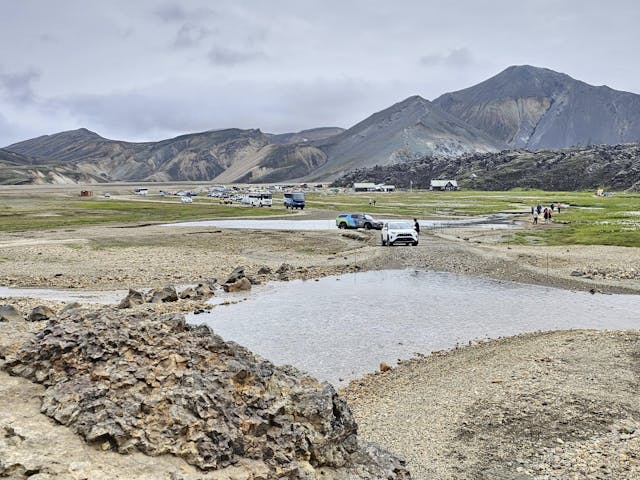
As we started walking on the well-trodden pedestrian path around and over the rivers, a small SUV arrived at the crossings and stopped. Clearly concerned about the depth, the brave husband/boyfriend/guy friend driving the car volunteered his female companion to investigate. She climbed out of the passenger seat, removed her shoes, rolled her jeans up to her knees, and waded across the cold, snowmelt-fed water. To me, she appeared to be average height, so when I saw the water go above her knees, I was totally out on us doing the crossings; it was just too deep. The couple, however, wasn’t scared.
She got back in the car and they proceeded to drive across, water easily above their bumper, without issue. For me, confident they were going to suck water into the air intake and kill the engine at any moment, it was like watching a slow-motion, single-car crash wherein the driver avoids disaster at the last moment. When they reached the second water crossing—the two rivers were only about 100-feet apart—the driver didn’t have his companion test the waters: I was surprised to see that the water level was higher at the second crossing than at the first, but they just cruised right on through, averting disaster once again.
My wife, in full agreement that we should not drive across the rivers, opined that we’d just have to carry all of our gear the 500 yards into camp. Our kids—being tough adventurers, or realizing that the next closest camping spot was over an hour away—agreed to carry the gear. And so we did, all the while watching vehicles of varying shapes and sizes, including other RAV4s and smaller vehicles with even less ground clearance, ford the streams without issue. The most surprising vehicle I saw parked in camp, having braved the crossings? A Lada.
I felt a bit like a chicken, since so many vehicles shorter than our two had made it across. I couldn’t help but wonder, why not just drive the bigger Touareg over and leave the RAV4 in the parking lot? In the end, we decided the extra walk wasn’t too bad, especially when compared with the risk we would incur by driving across the streams.
We spent the next day hiking nearly seven miles through a steep and incredibly varied landscape. Ancient volcanoes and lava flows, hot springs, and alien landscapes filled our views. Returning to camp, we trekked back to our vehicles to get some clean clothes when we saw it: a RAV4, on its way out from camp, stuck on the rise between the two river crossings. Clearly, it had been disabled relatively recently and was blocking traffic in both directions.
As we approached our cars, I saw two gentlemen watching the proceedings with interest. When I heard them speaking German I joined the conversation (my German is a little rusty but not bad). The story they told was what I expected: The driver was going too fast, as evidenced by the fact that the front license plate had been washed away, and the engine ingested water. Unable to restart the car for obvious reasons, they weren’t going anywhere anytime soon.
As we gathered our things, a giant ranger truck roared out of camp, drove around the traffic, and stopped alongside the stricken RAV4, whereupon he helped the driver push it to the side of the rise so it wouldn’t block traffic. No sense in trying to fix anything; that engine was toast.

I’m not sure what the couple did, but I would guess that the rangers, having seen this clown act before, called a tow truck. The vehicle was there for hours but was gone when we awoke the following morning. I certainly hope things turned out alright for the couple in the vehicle, but presuming it was a rental they are on the hook for the damage and a very expensive tow. My quick search showed a tow truck from that area is well over $1000 and a new RAV4 in Iceland starts at $47,000 USD; it was a truly expensive mistake for the couple, as I would expect that whatever rental insurance they had would not cover the damage incurred by the river crossing.
On one trip to our vehicles to grab additional food, my youngest daughter and I stopped to talk to the owner of an incredible 6×6 conversion van with massive oversized tires typical of what I saw on many vehicles in and around Landmannalaugar. He said it was custom, clearly, and that he could drive all six wheels; a true 6×6. I wish I had asked him more questions about his transfer case setup; my guess is the rear four wheels all drive together, so he could run the front two, rear four, or all six together. I asked him about the massive tires, because I wasn’t aware of much sand in Iceland, and he said they’re primarily for driving on snow and ice. He lowers the pressure to an incredible 2–3 psi (in disbelief of what I had heard, I asked him again and he repeated the figure), and says he can drive anywhere. He does take it out during the summer but it’s primarily a winter vehicle.
That 6×6 van might have been my favorite vehicle in the entire country, but we saw stretched and jacked-up F-350s, lifted busses, and a variety of military vehicles converted to campers.
We saw Dacia Dusters everywhere, Suzuki Jimnys all decked out for overlanding with rooftop tents that seemed larger than the vehicle, Kias of all types, old-school Land Rovers, a Lada or two, and, while waiting to get on a ferry (and unable to take any pictures at that moment), a dozen-plus classic cars in concours condition. Not to mention the closed car museum in whose parking lot we ate lunch one day. It was awesome.
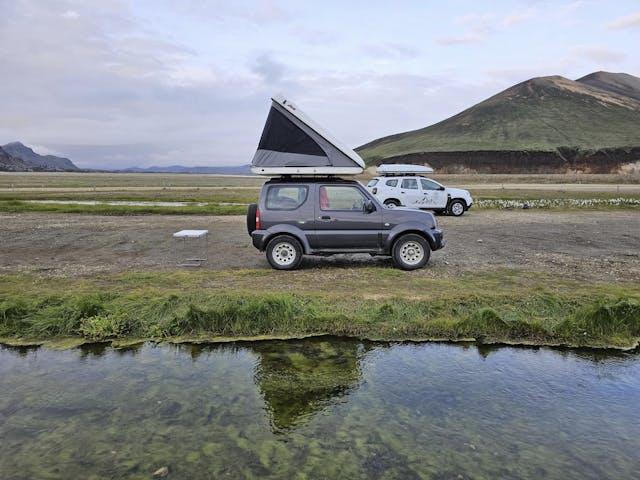
I’ve had the privilege of flying my fighter jet over more than a dozen countries. While I am always grateful to return to these United States after vacationing or working abroad, I’m confident that interacting with other nations, cultures, and people makes me a better person and broadens my horizons.
But the next time we go to Iceland, I gotta figure out how to rent something cooler than a Touareg or Rav4!
***
Check out the Hagerty Media homepage so you don’t miss a single story, or better yet, bookmark it. To get our best stories delivered right to your inbox, subscribe to our newsletters.
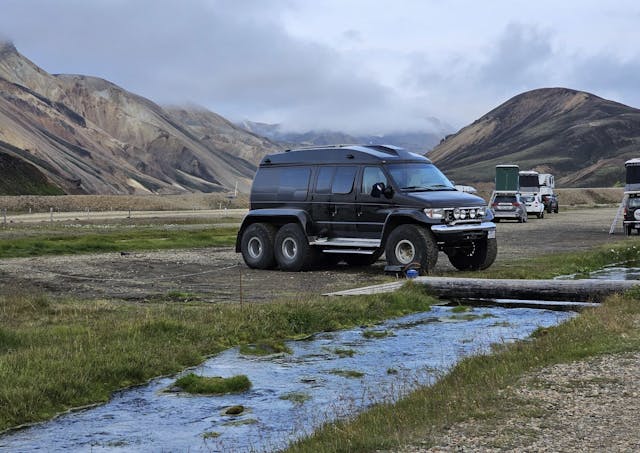
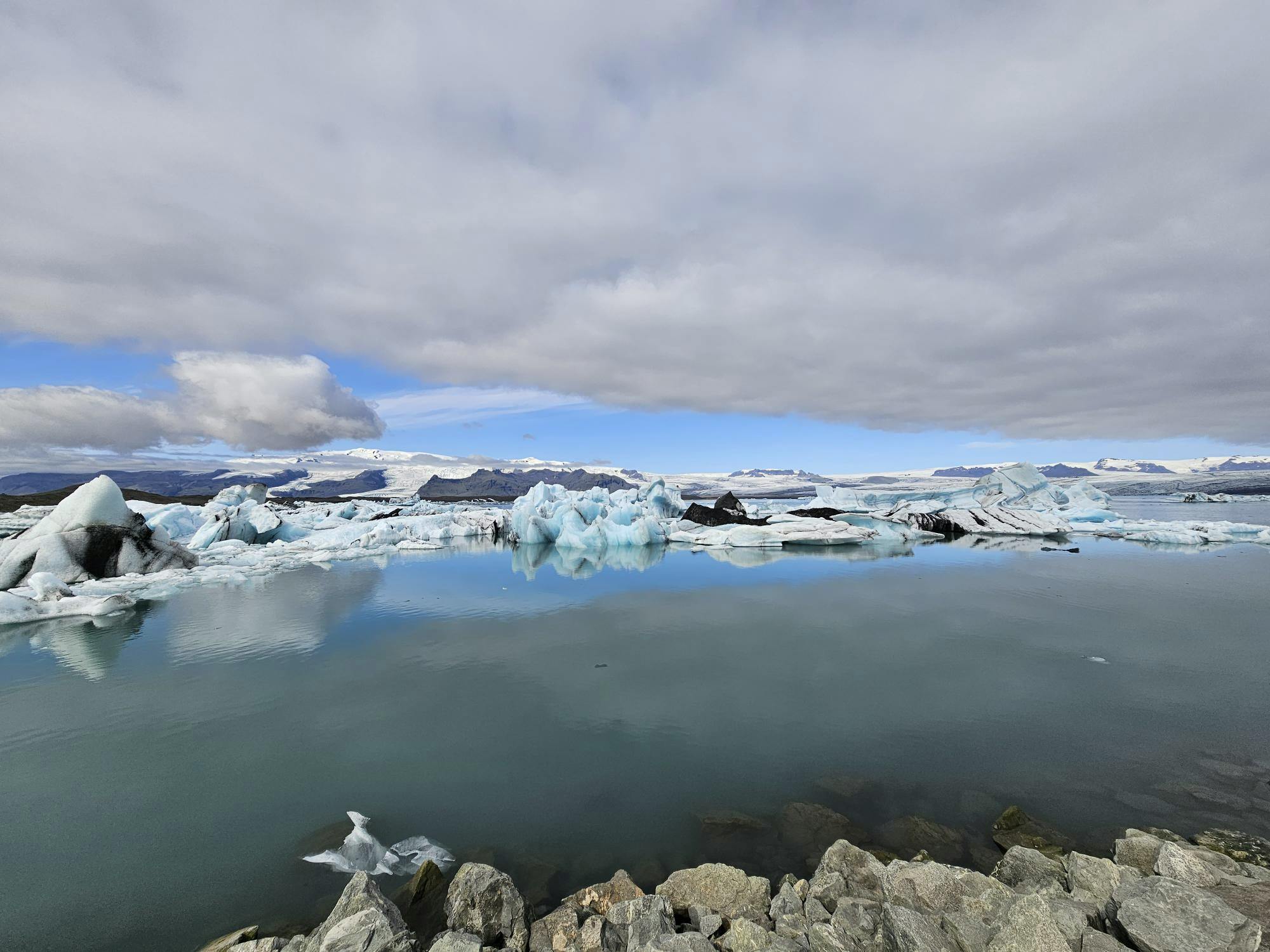
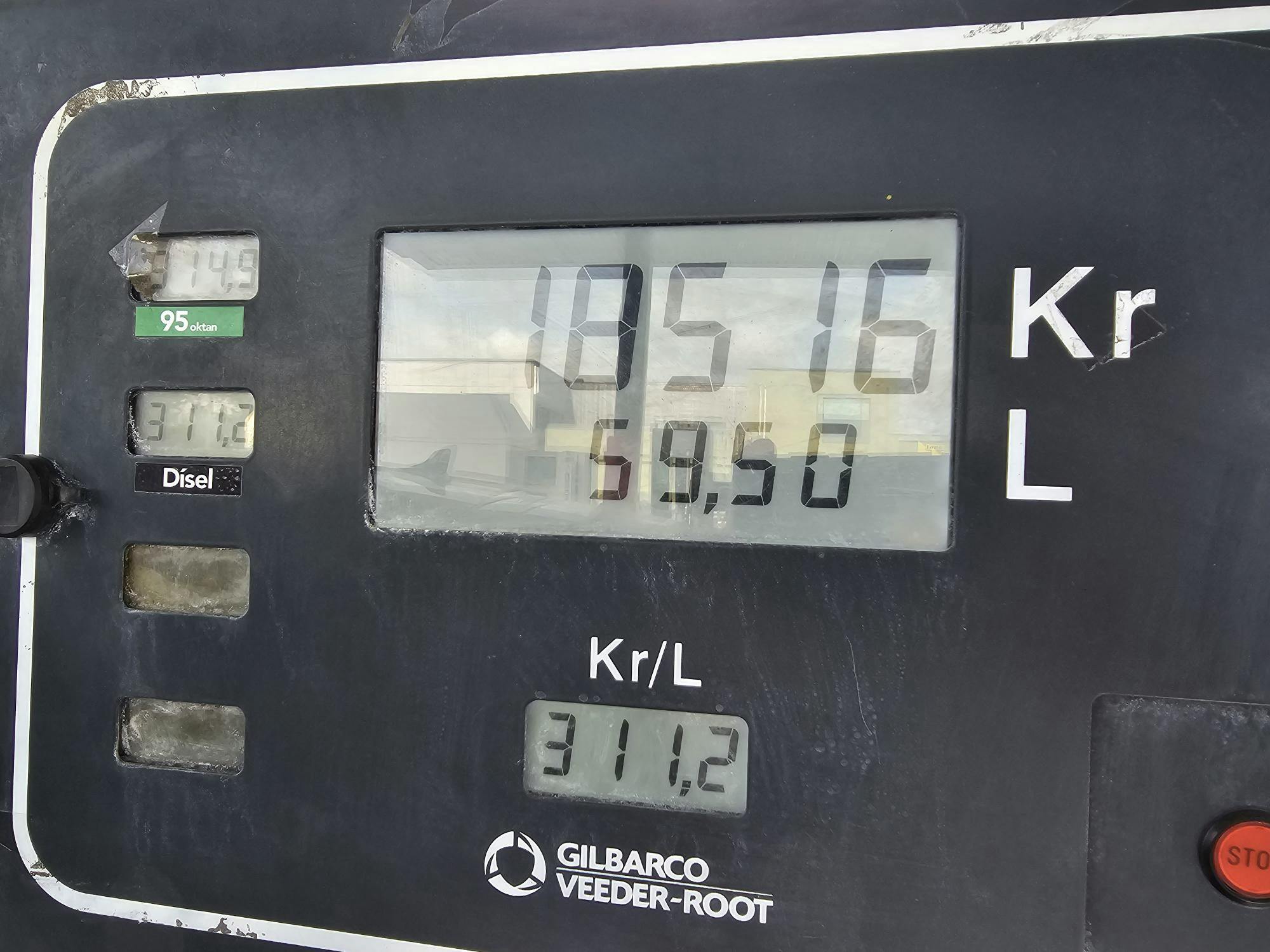


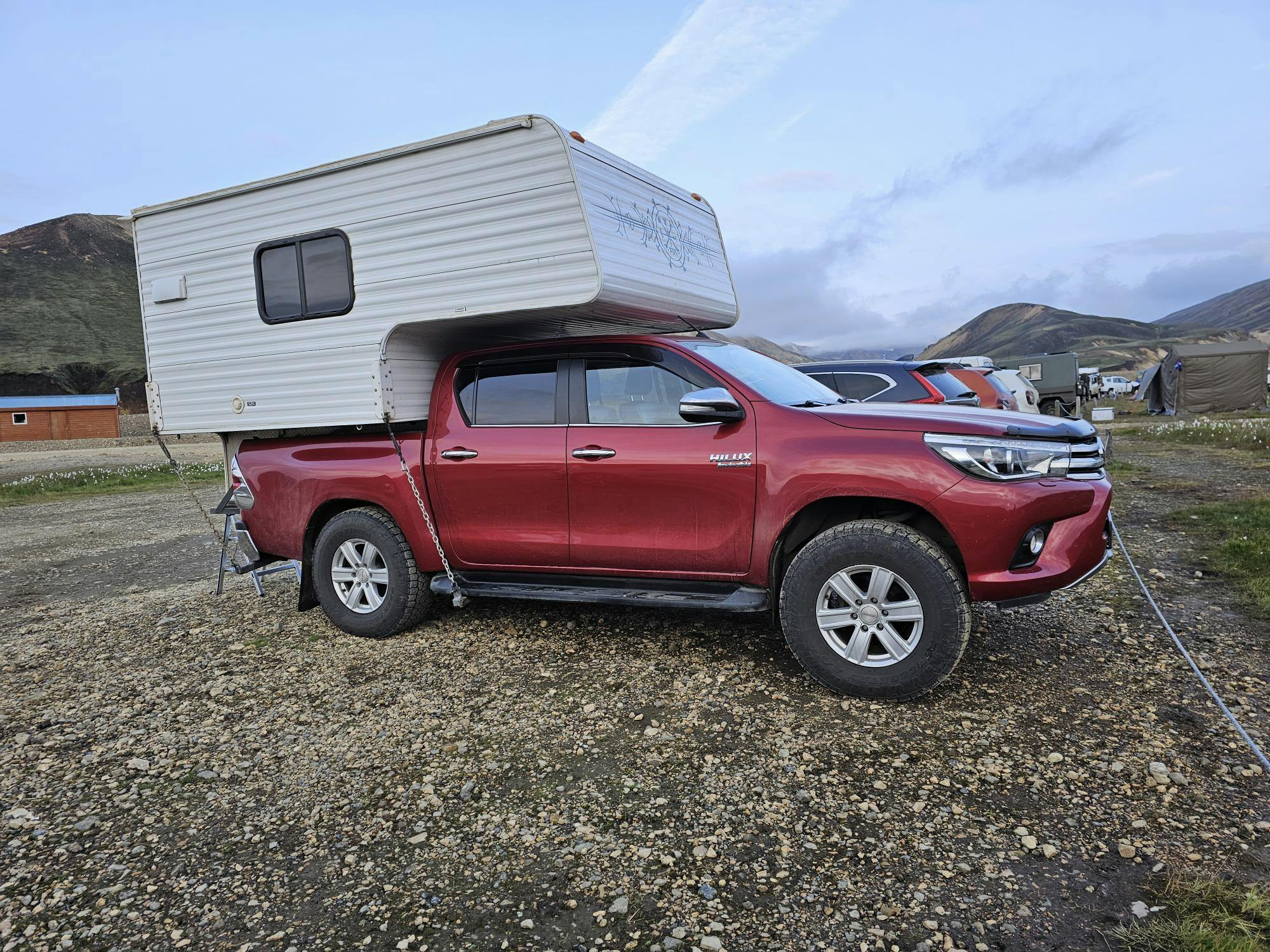

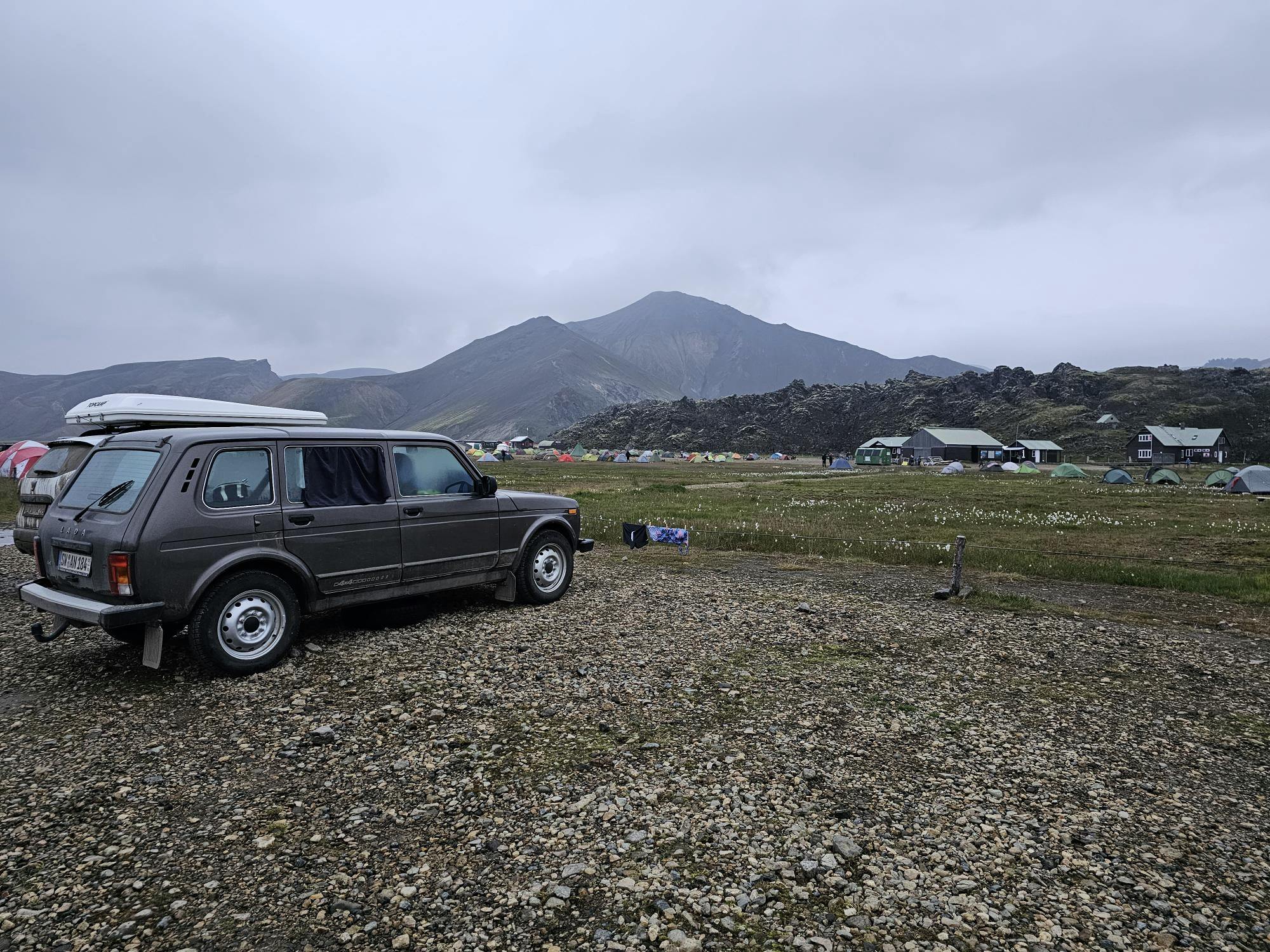

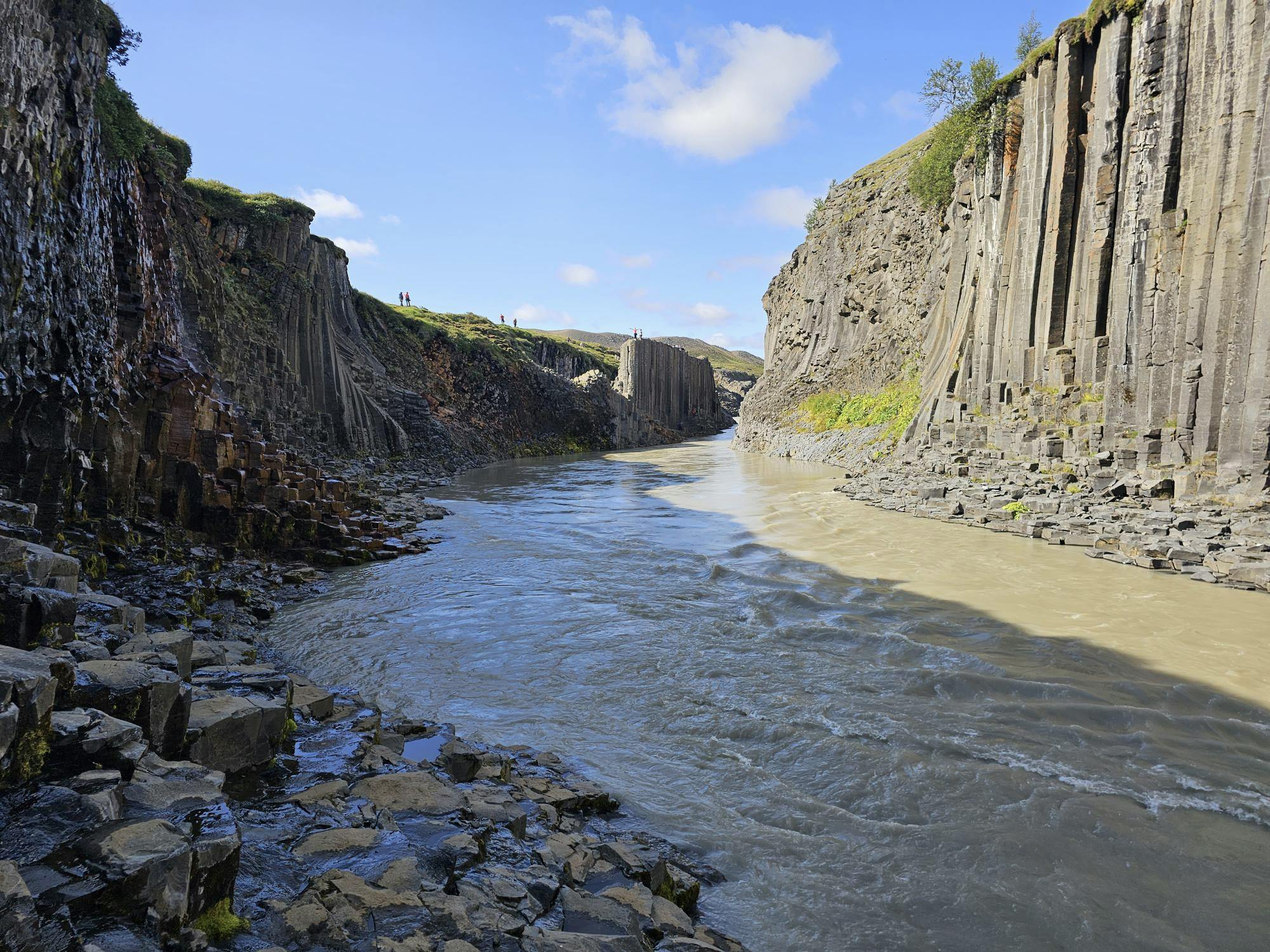
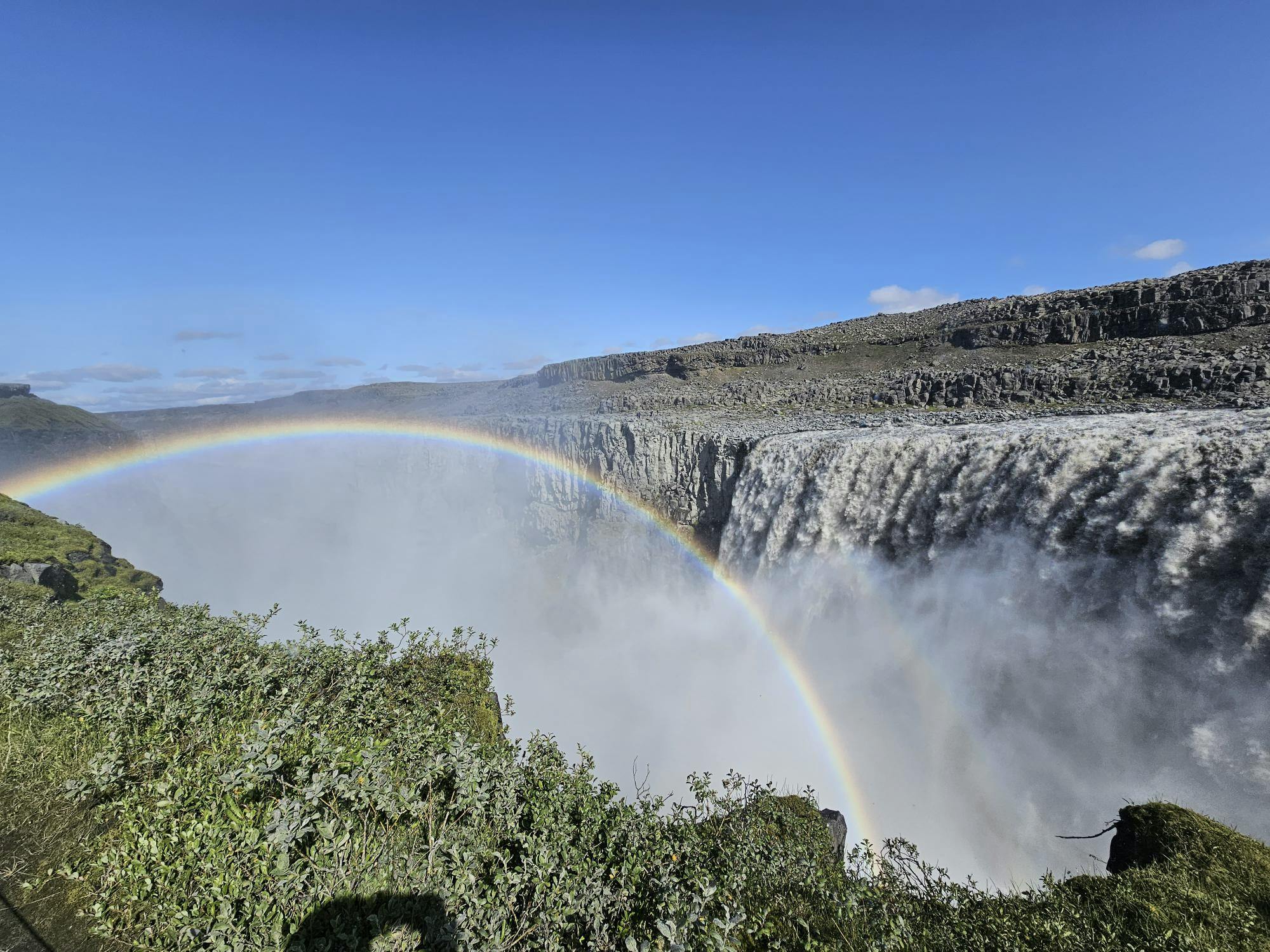

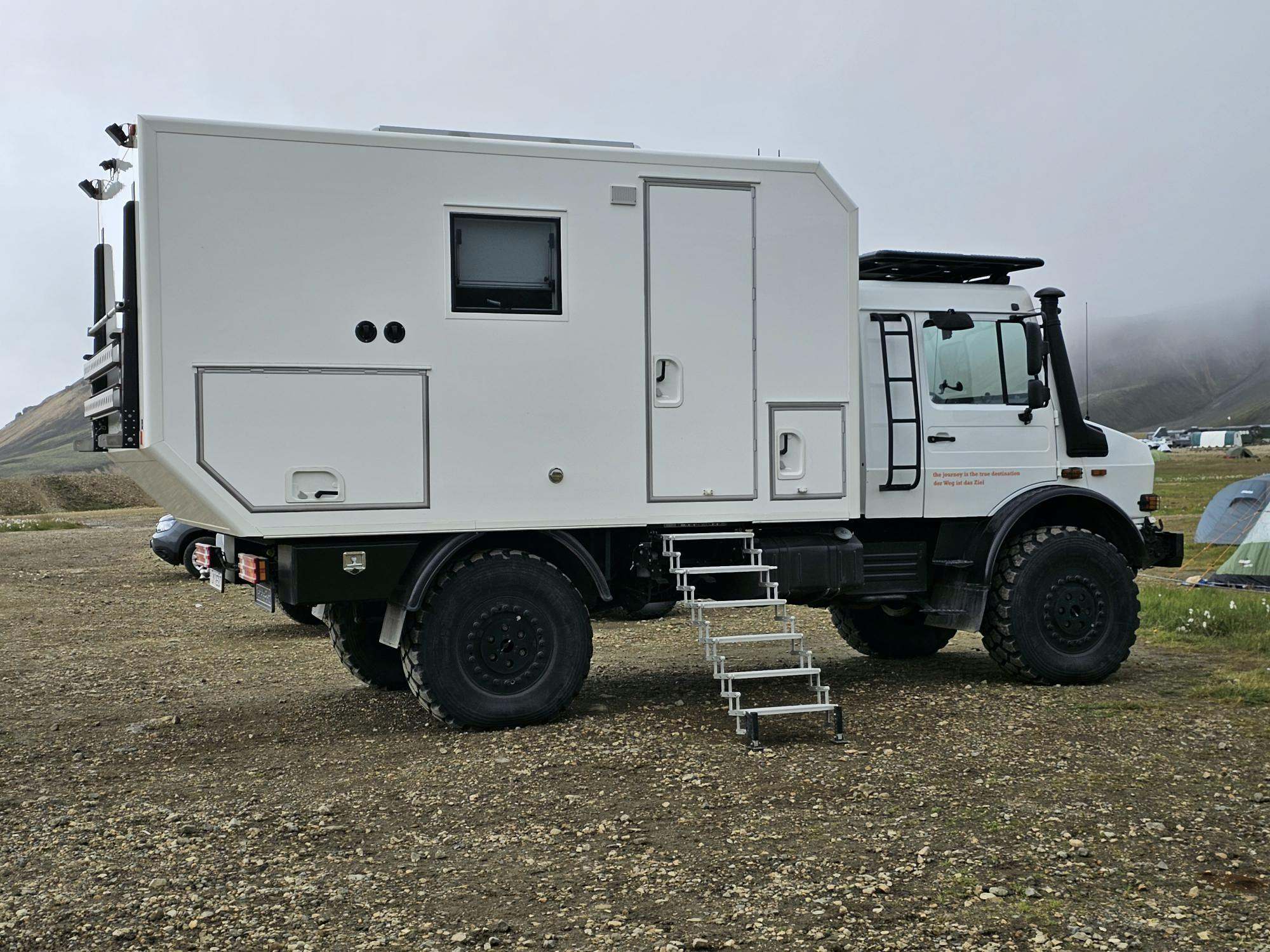
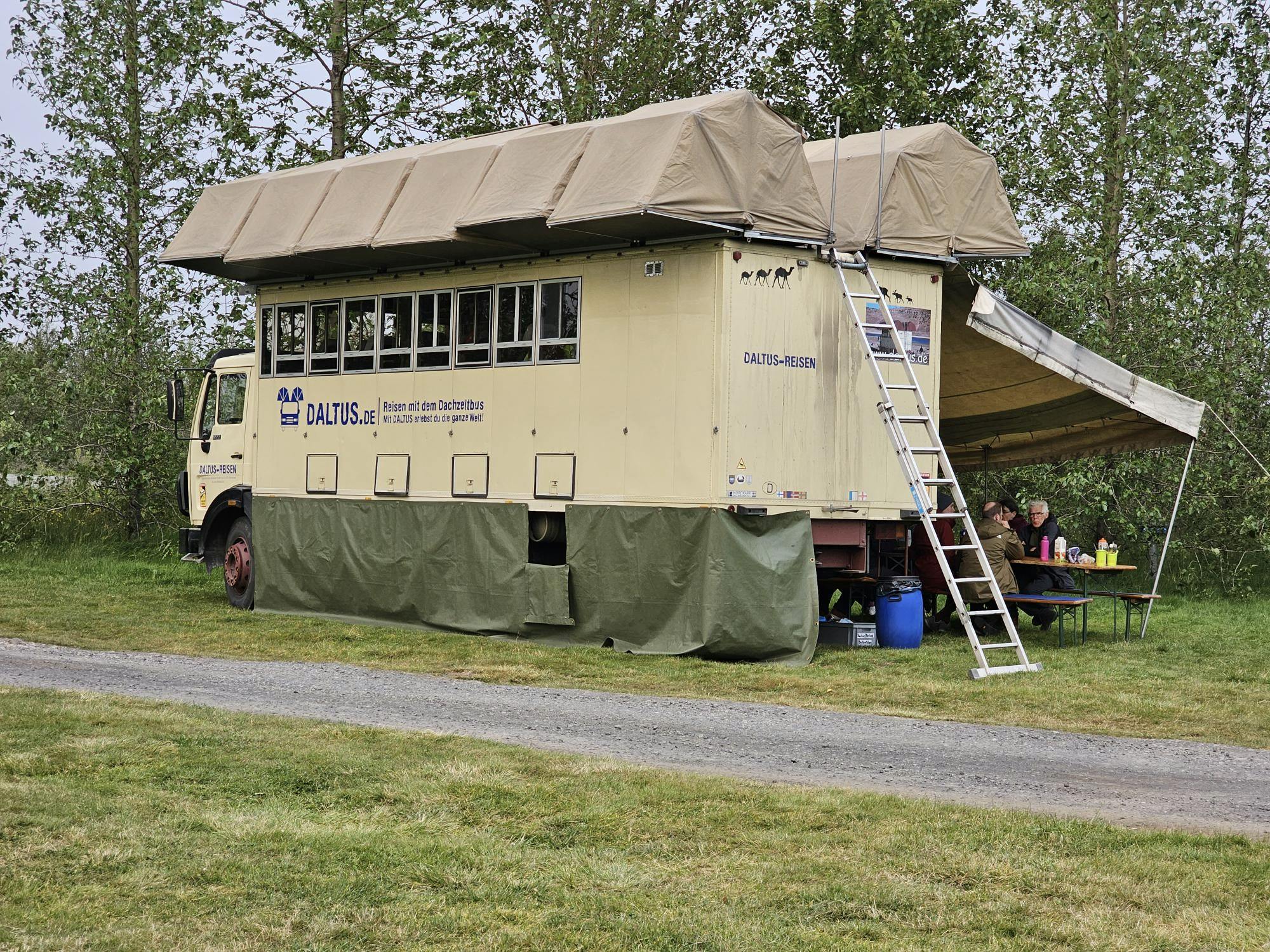
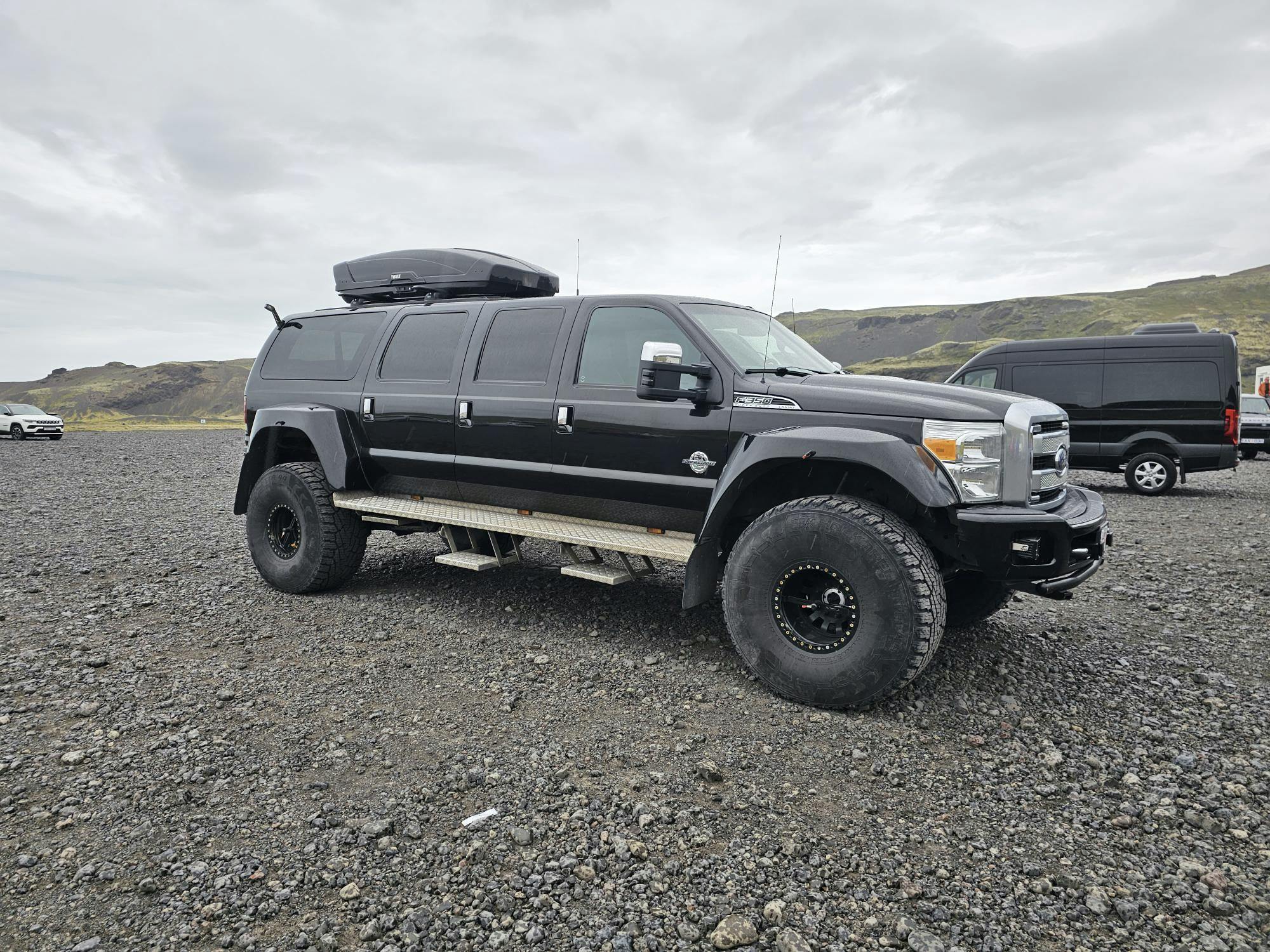
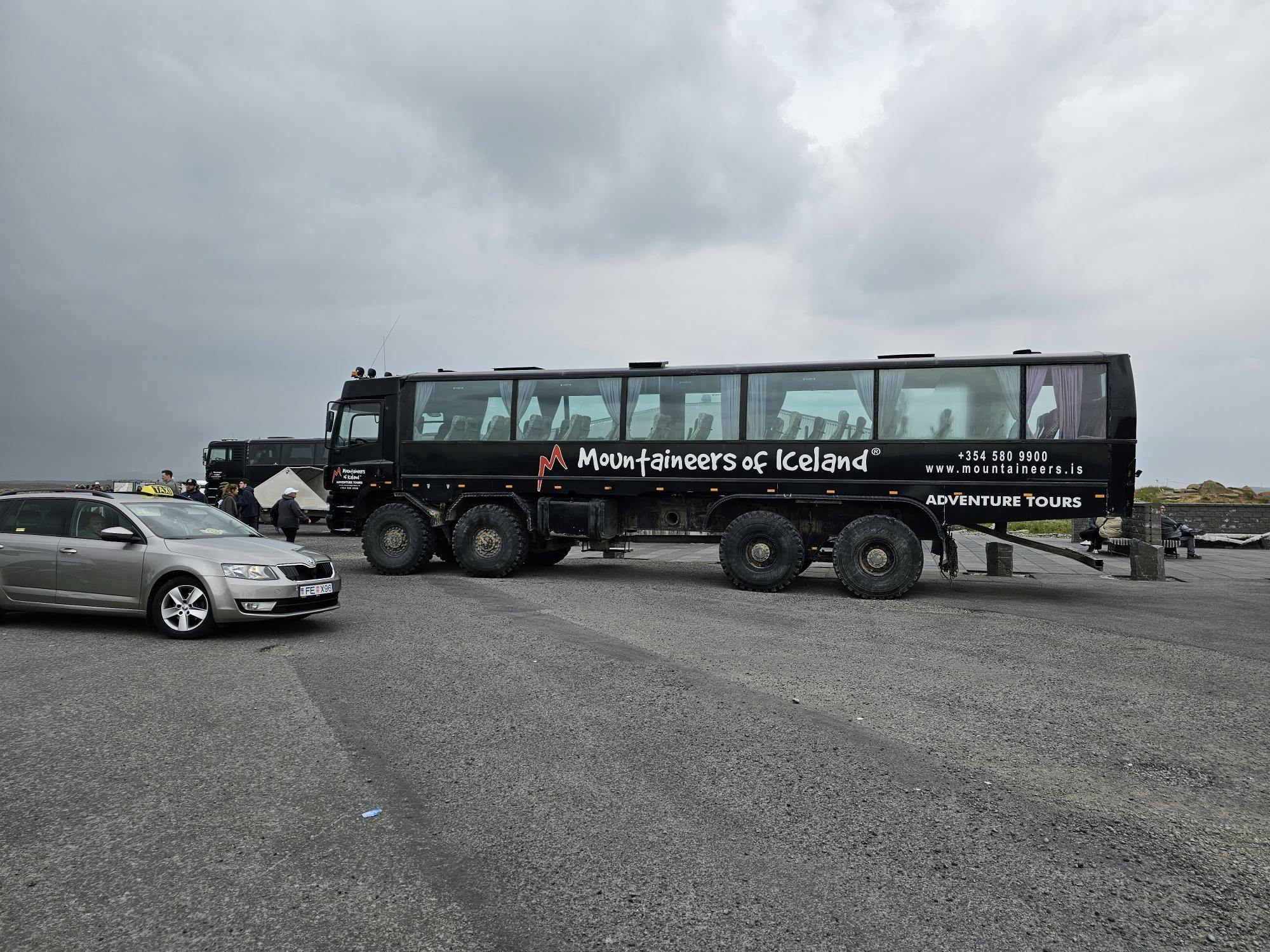
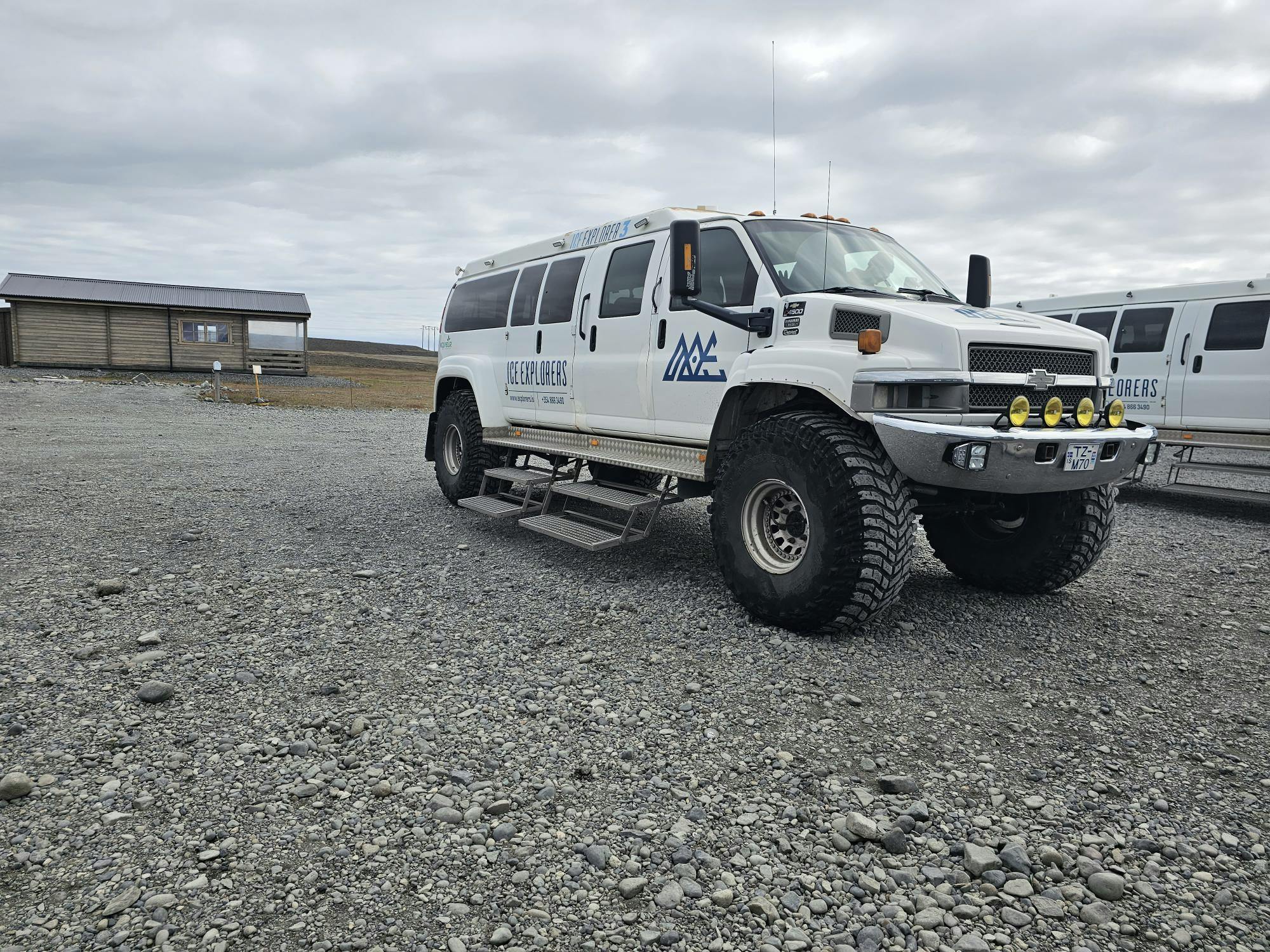

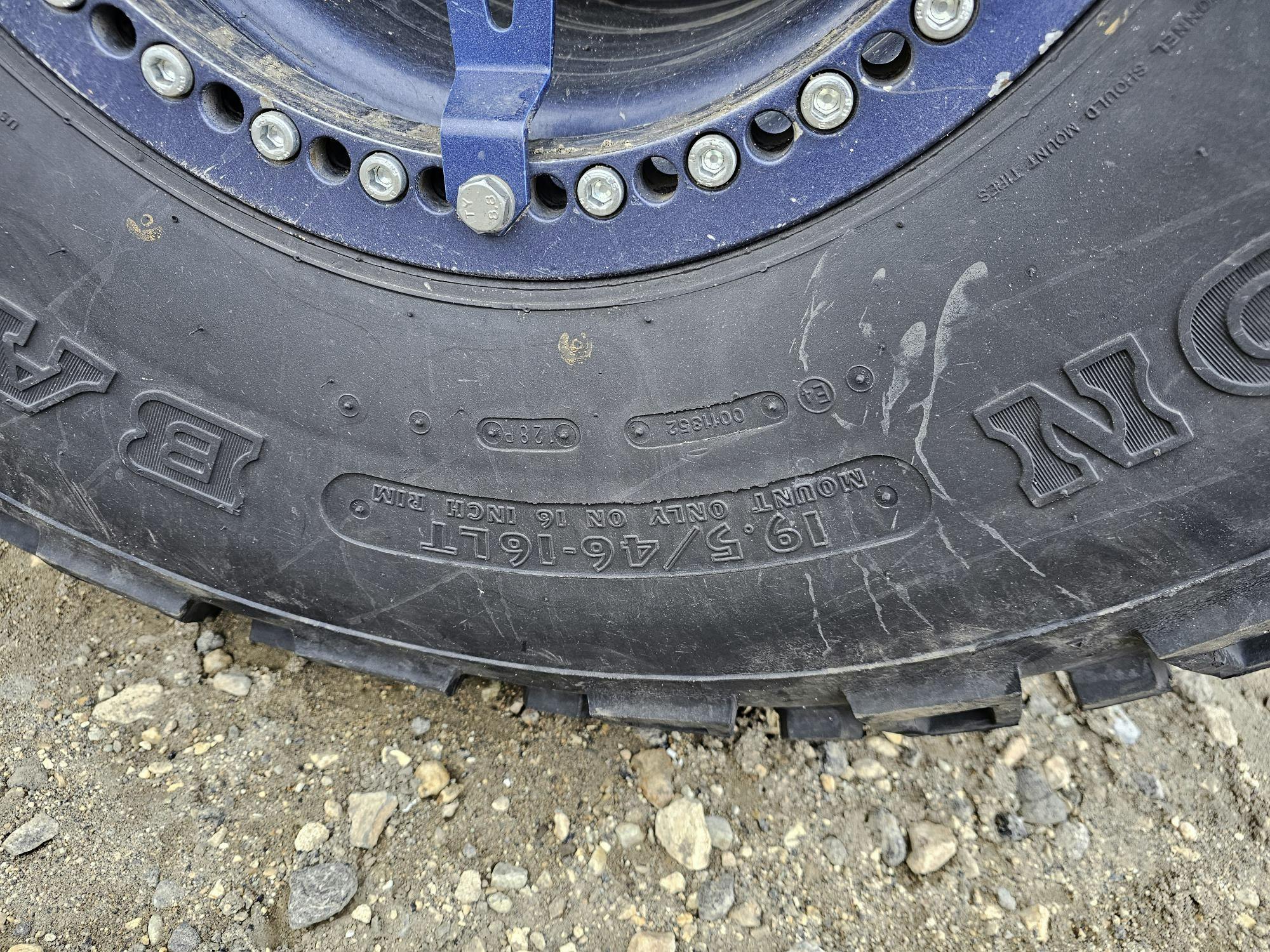
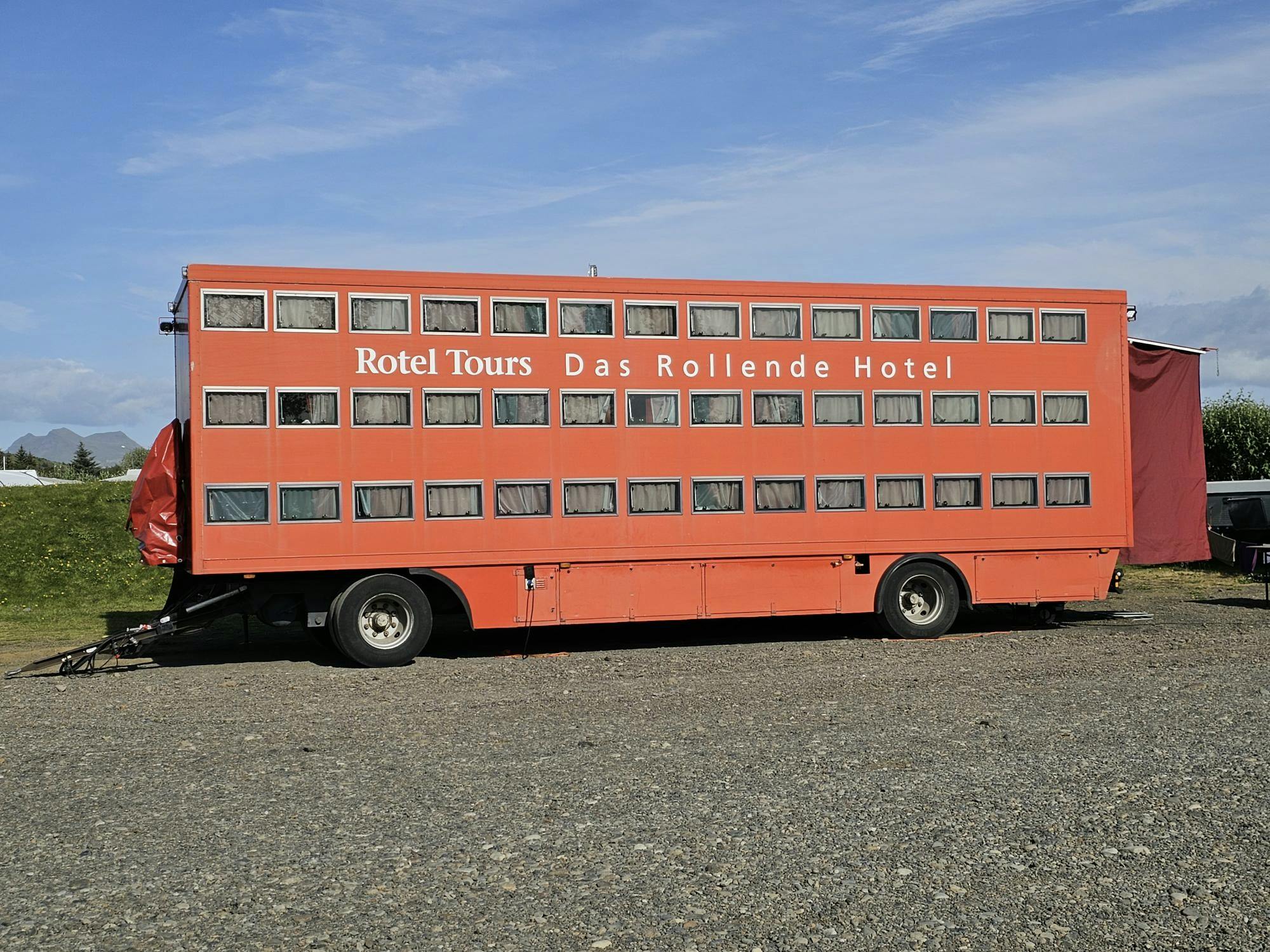
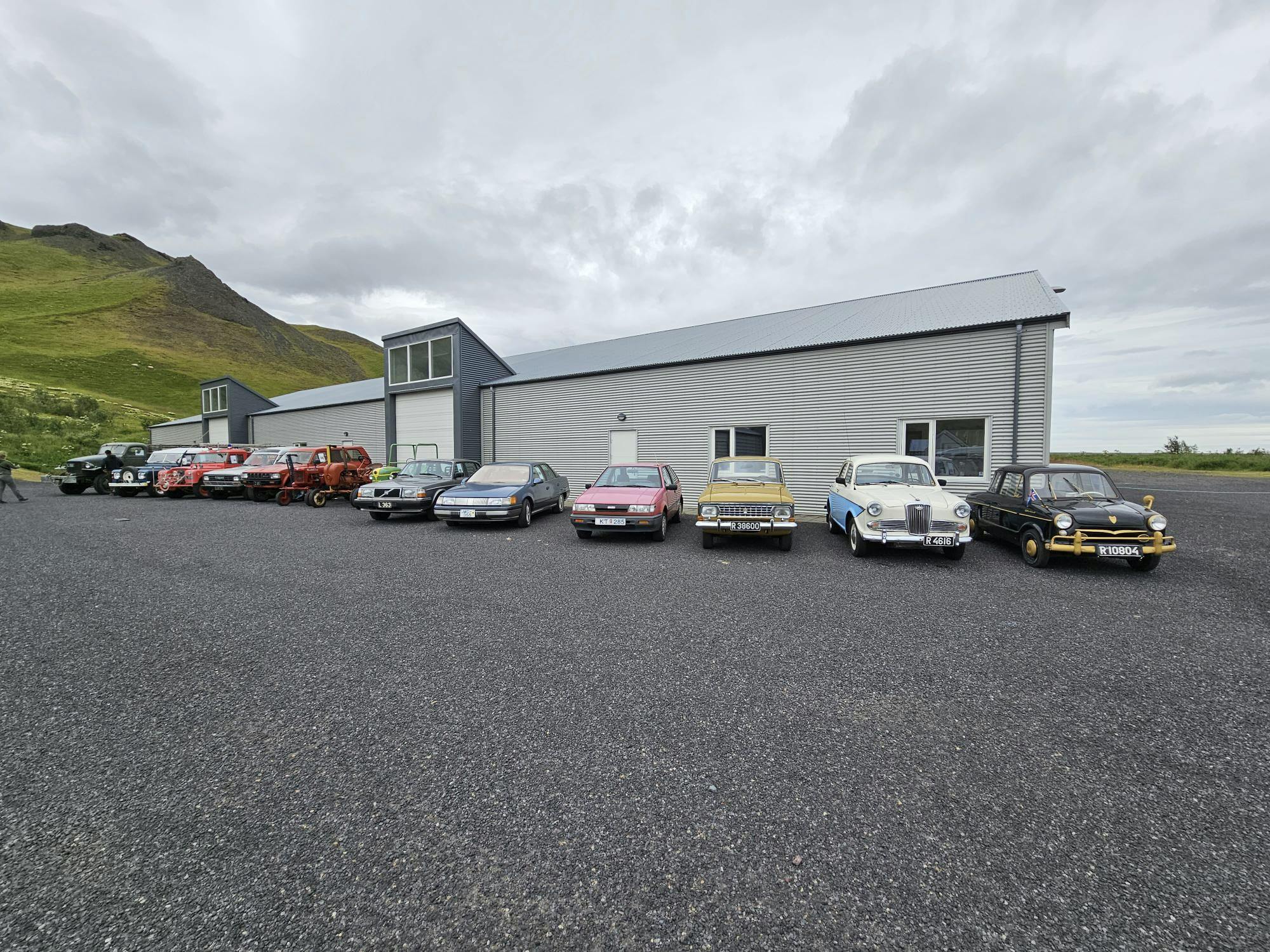






















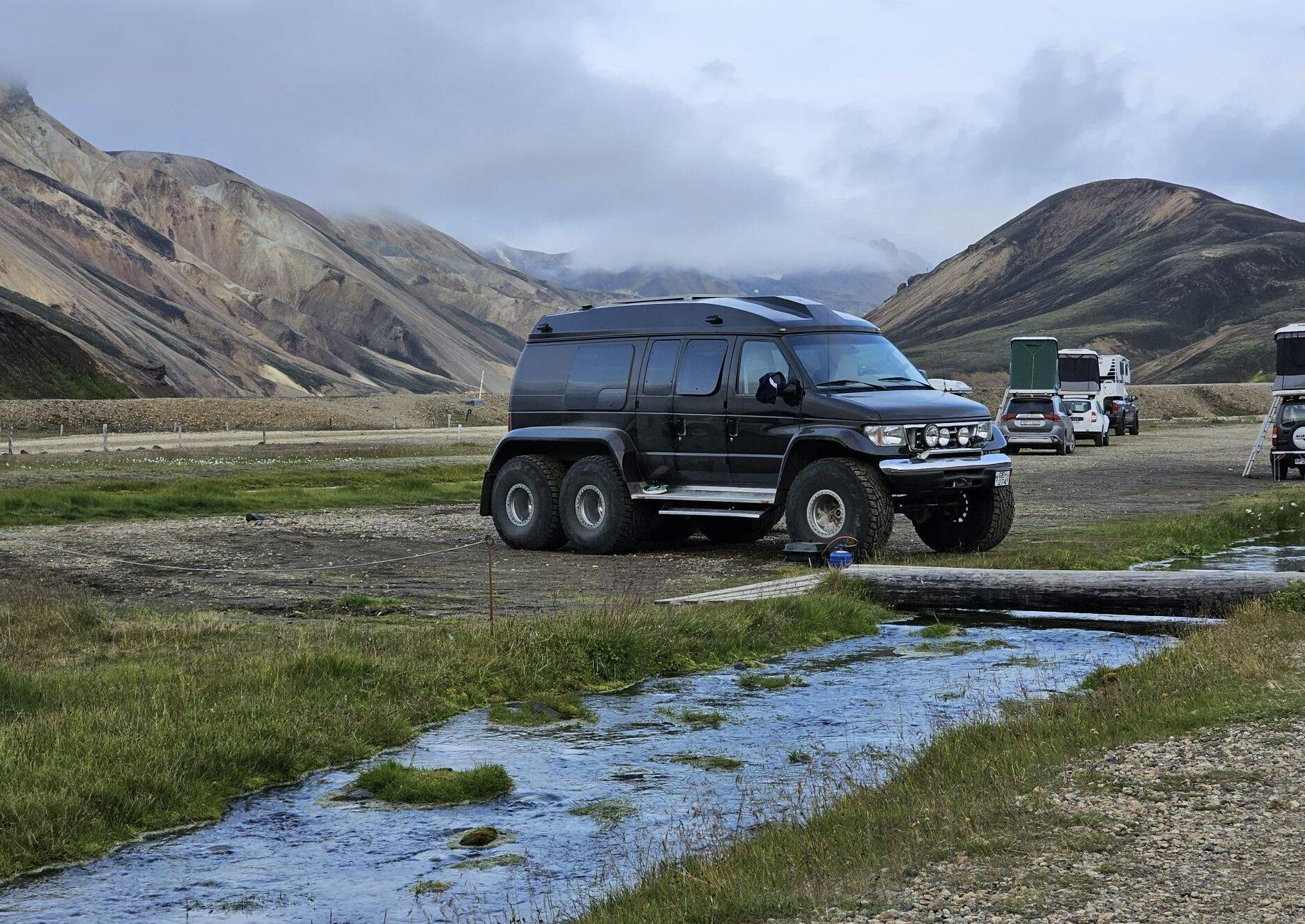
Josh, great article as always. Love the pictures of those wild looking Ford Econoline vans, I would rather have one of those any day over a Bronco Raptor. Also I was wondering if you are gonna give us an update on how your Lexus LS 470 is doing after the motor swap? Again a great article and I always look forward to reading your columns… Happy Holidays!!
I just submitted another article for approval by military public affairs that doesn’t involve the Lexus, but the next one I write will.
Thanks for reading and Happy Holidays!
Another great contribution and demonstrating the best qualities of an American abroad – interest in and respect for other cultures and countries. Like so many of our military who have been stationed in foreign locations you exemplify the spirit of ambassadorship and represent the rest of us admirably.
It’s a privilege to say, “Thank you for your service!”
Glad you enjoyed it and thanks for the kind words.
When we returned stateside from South Korea a few years ago, I had spent about 1/7th of my life living outside the United States. Thus, I’ve had plenty of time to learn how to not be “that guy” when traveling overseas and I enjoy learning about other cultures.
I really appreciate the tour. Fascinating for sure. Thank you sir! We are most grateful for your service as well…
It’s been my honor to serve!
Besides the off-roading opportunities, there’s an abundance of talented gear-heads in Iceland.
Check out Arctic Trucks, http://www.arctictrucks.is , they can fix up any number of rigs to go most anywhere, glacier touring is a specialty.
That is a very cool website! Though as expensive as everything else was in Iceland (a green 1lb Coleman propane bottle cost roughly $40) I can’t imagine what they’d charge to modify your Hilux into a 6×6!
Yah, those pricey things, food, fuel & shelter, are even moreso in Iceland. Clean air and water is free though. If the highly competent rescue team needs to come for you there won’t be a charge (not yet anyway). Health care is a bargain as are the many neighborhood thermal pools – (just avoid the words ‘spa’ or ‘lagoon’), they are open year-round and most have hot tubs of varying temps, cold pots, steam rooms, and saunas besides a nice lap pool.
Just so beautiful out there. Would love to see it someday.
It really is an incredible country and we didn’t see nearly everything we wanted to, such as the area of the country with fjords. You just have to pretend you’re paying with Monopoly money (and not real money) because everything is so expensive. My wife and I definitely want to go back!
Josh, you did not explain how they have hot showers and toilet facilities in the wilderness??? Also, you should think about getting one of those MANN
RV Campers. I don’t think crossing shallow streams would be an issue.
https://www.expedition-trucks.com/products/MAN-TGS-6×6-family-expedition-truck
There’s plenty of running water in Iceland, both hot and cold comes right out of the ground. No hot water heaters at all, geothermal steam comes from a bored well and after generating electricity, it condenses and gets delivered through insulated pipes to wherever hot water is needed. One can shower endlessly and never run out.